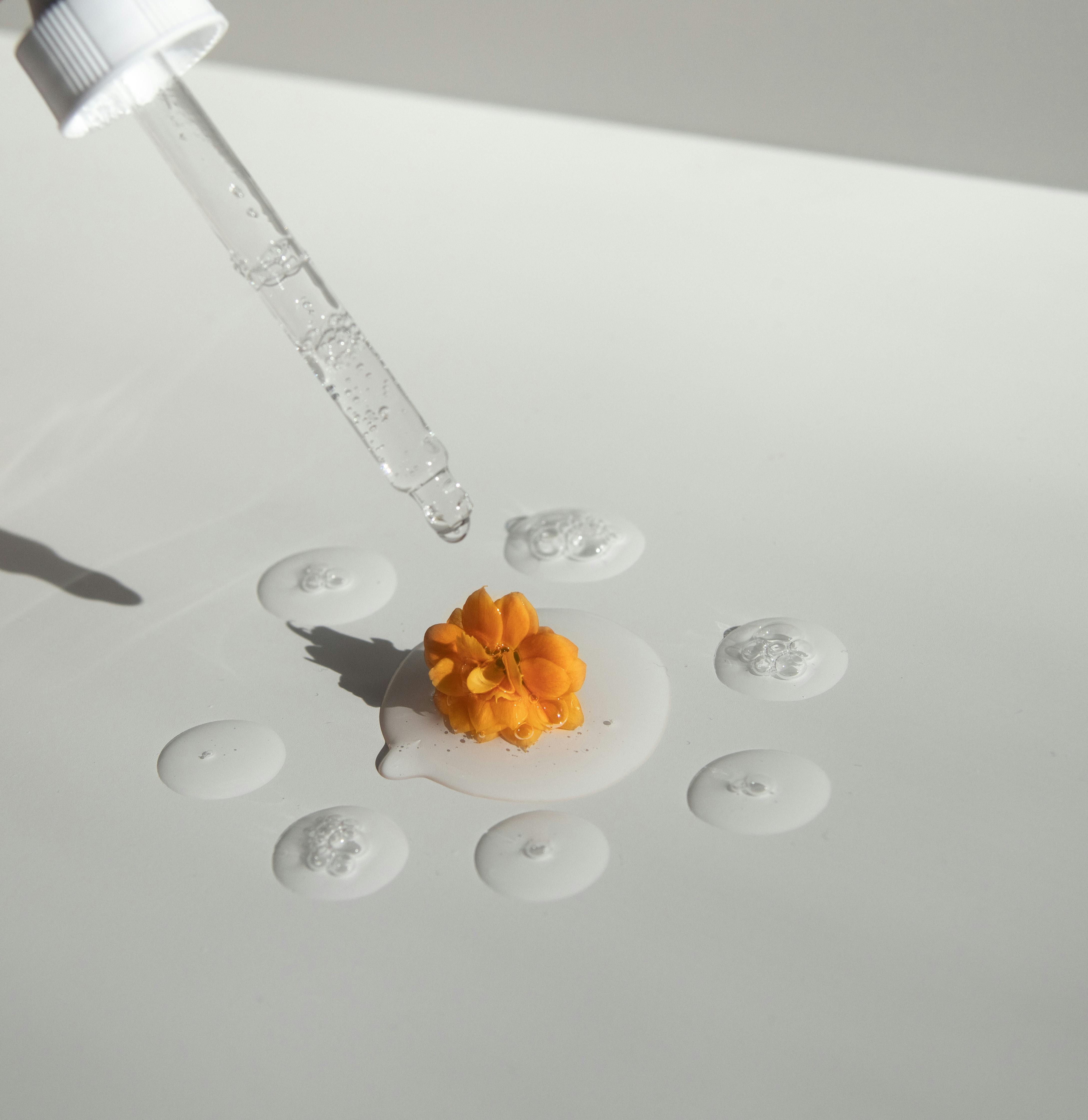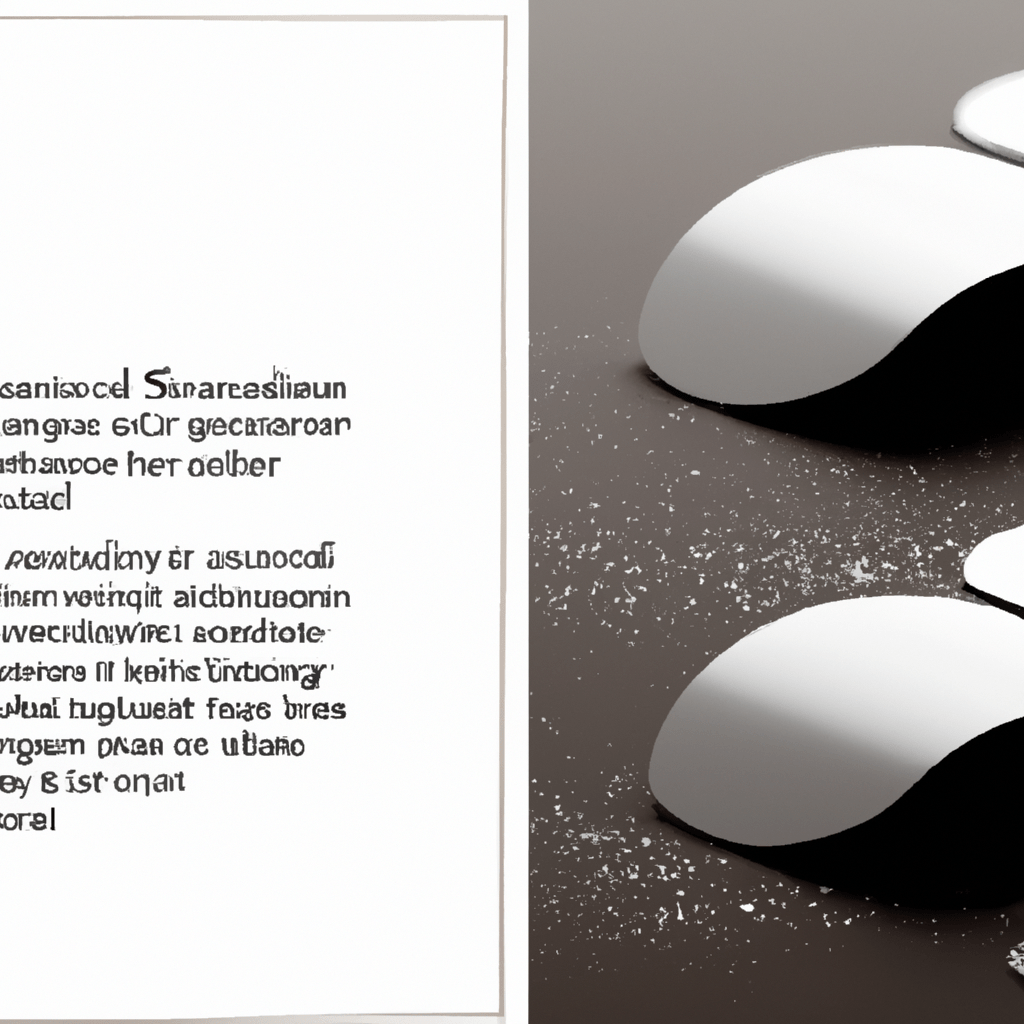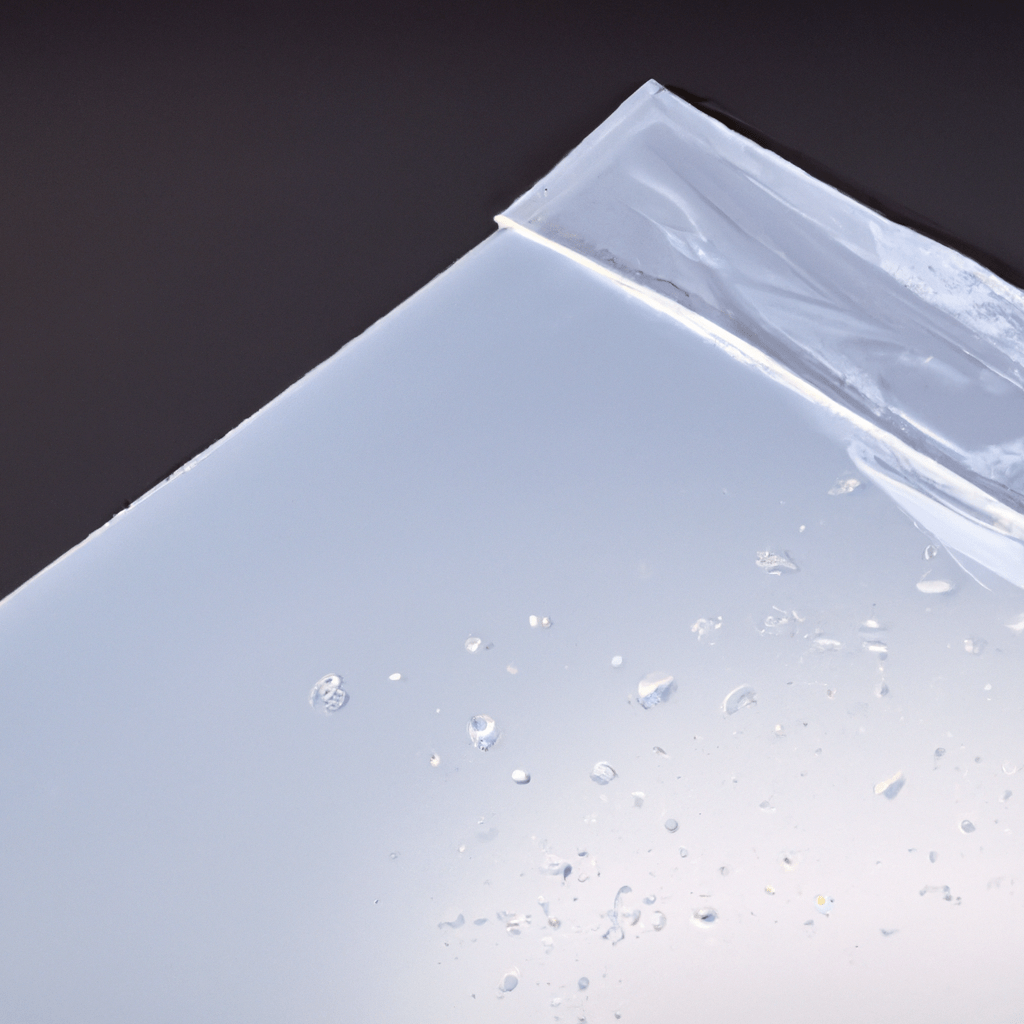So you’ve invested in a telescope, ready to explore the wonders of the night sky, but you’re wondering how to protect it from the enemy that may lurk within – moisture and condensation. Well, worry not, because we’ve got you covered! In this article, we’ll provide you with some helpful tips and tricks on how to keep your telescope safe and dry, ensuring that you can continue to gaze at the stars with clarity and awe.

Table of Contents
Choosing the Right Storage Location
When it comes to protecting your telescope from moisture and condensation, one of the first things to consider is the storage location. It’s important to avoid basements and attics, as these areas tend to have higher levels of humidity. Moisture can easily seep into these spaces, which can lead to damage and potential problems with your telescope. Instead, opt for a storage area that has good airflow and ventilation.
Avoiding Basements and Attics
Basements and attics are known for their moisture-prone environments. Basements, in particular, are typically damp and can have issues with water leaks, which is not ideal for storing a sensitive instrument like a telescope. Similarly, attics can have fluctuating temperatures and humidity levels, making it a less than perfect place to store your telescope. By avoiding these areas, you can significantly reduce the risk of moisture and condensation buildup.
Considering Airflow and Ventilation
When choosing a storage location for your telescope, it’s important to consider airflow and ventilation. A well-ventilated area helps in maintaining a stable environment and preventing moisture buildup. Look for a room or storage space that has proper air circulation, such as a spare room or a dedicated telescope storage cabinet. A space with good ventilation will help minimize the chances of condensation forming on your telescope.
Using Dehumidifiers or Desiccants
To further protect your telescope from moisture and condensation, consider using dehumidifiers or desiccants in the storage area. Dehumidifiers are devices that remove excess moisture from the air, reducing the overall humidity levels. They come in various sizes and types, so you can choose one that suits the size of your storage space. Alternatively, you can place desiccant packets or containers in the storage area to absorb moisture effectively. Desiccants like silica gel are particularly useful for this purpose.
Cleaning and Drying the Telescope
Properly cleaning and drying your telescope is essential for maintaining its longevity and protecting it from moisture-related issues. Regular cleaning helps remove dust and debris that can trap moisture and lead to corrosion or other damage.
Removing Dust and Debris
Before cleaning your telescope, it’s important to remove any dust or debris that may have accumulated. Use a soft brush or compressed air to gently brush off the surface of the telescope and its accessories. Take care not to apply too much pressure, as this could scratch delicate components.
Using Soft Brushes or Compressed Air
A soft brush specifically designed for cleaning optics or a bulb blower can be used to remove loose particles without scratching the lens or other surfaces. Gently brush the lens and other parts, ensuring that you are using clean brushes to avoid introducing any additional dirt or debris.
Alternatively, you can use compressed air to blow away dust and debris. Be sure to use a can of compressed air specifically designed for cleaning optics. Hold the can upright and at a safe distance from the telescope, so the airflow is gentle and won’t cause any damage.
Using Lens Cleaning Solutions
For more stubborn dirt or smudges on the lens or other surfaces, you may need to use a lens cleaning solution. Apply the solution to a soft microfiber cloth or lens tissue, and gently wipe the surface in a circular motion. Avoid using excessive force or rubbing motions, as this can damage the lens. Always use a cleaning solution specifically designed for optical surfaces to ensure compatibility and avoid any potential damage.
Drying the Telescope Properly
After cleaning, it’s crucial to ensure that your telescope is thoroughly dried before storage. Excess moisture can lead to condensation and potential damage over time. Allow the telescope to air dry in a clean and dust-free environment. If necessary, you can use a clean, lint-free cloth to gently pat the surfaces dry. Ensure that all parts of the telescope, including accessories and eyepieces, are completely dry before putting them away.
Using Telescope Covers and Cases
Using telescope covers and cases is an effective way to protect your telescope from dust, moisture, and other potential sources of damage. Proper covering and storage help safeguard your telescope in between observing sessions and during transportation.
Importance of Telescope Covers
Telescope covers play a vital role in protecting your instrument from dust, moisture, and potential damage. They act as a protective barrier, preventing unwanted particles from settling on the surface of the telescope and its components. Covering your telescope when not in use helps maintain its optical quality and extends its lifespan.
Choosing the Right Cover Material
When selecting a telescope cover, it’s important to choose a material that provides adequate protection while still allowing for breathability. Nylon and polyester covers are popular choices as they are lightweight, durable, and offer good protection against dust and moisture. Look for covers with additional features like UV resistance, which can help protect your telescope from sun damage during outdoor use.

Using Custom-Fit Telescope Cases
In addition to using a cover, consider investing in a custom-fit telescope case for added protection. These cases are designed specifically for telescopes, providing a secure and padded storage solution. Custom-fit cases offer protection against impacts, dust, and moisture while allowing for easy transportation. They often include compartments for accessories and have reinforced handles or straps for convenient carrying.
Avoiding Plastic Bags as Covers
While it may be tempting to use plastic bags as a quick and inexpensive cover for your telescope, it is not recommended. Plastic bags can trap moisture inside, leading to condensation and potential damage. They also don’t provide sufficient protection against dust and can cause scratches if not handled carefully. It’s best to invest in a proper telescope cover or case to ensure optimal protection.
Applying Anti-Dew Solutions and Heaters
Dew formation is a common issue for telescopes, especially when observing during cool evenings or in high humidity areas. To prevent dew buildup on your telescope’s lenses and optics, you can utilize anti-dew solutions and heaters.
Understanding Dew Formation
Dew forms when moist air comes into contact with a colder surface, causing the water vapor to condense into liquid droplets. This can quickly build up on the lenses and optics of your telescope, hindering your view and potentially causing damage if left unaddressed.
Using Anti-Dew Coatings or Films
applying anti-dew coatings or films to your telescope’s lenses can help prevent dew formation. These coatings work by reducing the surface tension of water droplets, causing them to bead up and roll off rather than sticking to the lens surface. Anti-dew coatings are typically hydrophobic and can be easily applied with a soft cloth or special applicator.
Using Dew Heaters or Pads
Another effective way to combat dew formation is by using dew heaters or pads. These devices generate a gentle heat that warms the optics, preventing dew from forming in the first place. Dew heaters are usually placed around the telescope’s corrector plate or camera lens and can be powered by batteries or an external power source. They are available in various sizes and can be customized to fit different telescope designs.

Positioning Heaters Correctly
When using dew heaters, it’s crucial to position them correctly to achieve maximum effectiveness. Place the heaters evenly around the optics, ensuring that they cover any vulnerable areas where dew is likely to form. Be mindful of the temperature setting to avoid overheating the optics, as excessive heat can cause damage. It’s best to consult the manufacturer’s guidelines or seek expert advice on proper usage.
Considering Telescope Cooling
Telescope cooling is an essential factor to consider, particularly for larger instruments with mirrors or lenses that take time to reach thermal equilibrium. Proper cooling ensures optimal performance and image quality, reducing the impact of thermal expansion and other potential issues.
Understanding Thermal Equilibration
Thermal equilibration refers to the balance of temperature between the telescope’s components and the surrounding environment. Telescopes, especially those with larger apertures, require time to cool down to match the ambient temperature. Failing to allow for proper cooling can lead to distorted images and decreased performance.
Allowing Time for Cooling
Before using your telescope, it’s important to allow sufficient time for cooling. This is particularly critical when bringing the instrument from a warmer indoor environment to a colder outdoor setting. Leaving the telescope uncovered in its storage location for at least an hour before observing gives it time to adjust to the ambient temperature.
Using Fans or Reflective Covers
To expedite the cooling process, you can use fans or reflective covers. Fans aid in circulating air around the telescope, promoting faster heat dissipation. Reflective covers, on the other hand, can be placed over the telescope to reflect sunlight away, preventing the instrument from heating up too quickly. These measures help maintain a stable temperature for optimal performance.
Proper Storage and Transportation
Properly storing and transporting your telescope is crucial to prevent damage and ensure its longevity. By following a few key practices, you can protect your instrument during periods of non-use and while on the move.

Avoiding Extreme Temperature Changes
Avoid exposing your telescope to extreme temperature changes, as this can cause thermal stress and potential damage. Sudden shifts in temperature can lead to condensation and affect the alignment of optics. When moving your telescope between locations, be mindful of temperature variations and allow time for the instrument to acclimate gradually.
Securing the Telescope during Transport
During transportation, it is essential to secure your telescope to prevent any shifting or impact. Use padded cases or foam inserts to protect delicate components and minimize vibrations. Secure the telescope firmly in place to avoid any accidental movements or damage during transit. Follow the manufacturer’s instructions for disassembly and reassembly, if necessary, to ensure proper handling and protection.
Disassembling Telescopes with Care
If you need to disassemble your telescope for storage or transport, do so with caution. Take note of the correct order and method of disassembly to avoid any damage or misalignment. Keep track of small components, such as screws or bolts, and store them in a secure container to prevent loss. When reassembling, refer to the manufacturer’s instructions to ensure proper alignment and functionality.
Using Silica Gel Packs
Silica gel packs are a simple and cost-effective way to control moisture levels and prevent damage to your telescope. These small packets contain silica gel, a desiccant that effectively absorbs moisture from the surrounding environment.
Understanding the Role of Silica Gel
Silica gel is a desiccant that works by absorbing moisture and preventing condensation and humidity-related issues. The gel particles have a high surface area that allows them to capture water molecules effectively. Silica gel packs help maintain a dry environment, reducing the risk of moisture damage to your telescope.
Placing Silica Gel Packs Around the Telescope
To use silica gel packs, place them in the storage area alongside your telescope. Ideally, the packs should be distributed evenly to cover the entire storage space. This ensures that moisture is absorbed from all areas and reduces the risk of condensation forming on your telescope. Check the silica gel packs regularly and replace them when they change color, indicating that they have reached their moisture absorption capacity.

Replacing or Recharging Silica Gel Packs
Over time, silica gel packs become saturated with moisture and need to be either replaced or regenerated. If the packs change color indicating saturation, it’s time to replace them with fresh packs. Alternatively, some silica gel packs can be regenerated by drying them in an oven at a low temperature, following the manufacturer’s instructions. Regularly monitor the condition of the silica gel packs to ensure their effectiveness in maintaining a dry environment for your telescope.
Monitoring and Avoiding Humidity
Humidity can be a significant challenge when it comes to protecting your telescope from moisture-related issues. By monitoring and taking precautions against high humidity, you can minimize the risk of condensation and potential damage.
Using Hygrometers to Measure Humidity
Hygrometers are devices that measure relative humidity levels in the air. By monitoring humidity, you gain insight into the environmental conditions that may impact your telescope. Place a hygrometer in the storage area to track humidity levels. Ideally, you should aim for a level below 50% to ensure a dry environment for your telescope.
Taking Precautions in High Humidity Areas
If you live in an area with consistently high humidity levels, extra precautions are necessary to protect your telescope. Consider using dehumidifiers or desiccants with higher moisture absorption capabilities. Regularly monitor the humidity levels to ensure they remain within an acceptable range, and take appropriate action if necessary.
Using Air Conditioners or Dehumidifiers
Air conditioners and dehumidifiers can be invaluable tools in maintaining a low-humidity environment for your telescope. By controlling the temperature and humidity in the storage area, these devices help prevent condensation and protect your instrument from moisture-related damage. Set the air conditioner or dehumidifier to an optimal level to maintain a dry and stable environment for your telescope.
Maintaining Proper Ventilation
Proper ventilation is an essential factor in preventing moisture buildup and maintaining a healthy environment for your telescope. By promoting airflow and preventing stagnant conditions, you can minimize the risk of condensation and other issues.
Preventing Moisture Build-up
Good ventilation is crucial in preventing moisture build-up that can lead to condensation and potential damage. Avoid storing your telescope in sealed containers or boxes without proper airflow. Instead, opt for open storage solutions or cabinets with ventilation holes. This allows for air circulation, reducing the chances of moisture accumulation.
Using Ventilation Fans or Openings
If your storage area lacks natural airflow, consider using ventilation fans or openings to facilitate the movement of air. These can be particularly useful in areas with high humidity or poor ventilation. Position the fans strategically to promote air circulation around your telescope and ensure that the airflow is gentle to avoid any damage to delicate components.
Avoiding Sealed Containers
While it may be tempting to store your telescope in sealed containers for added protection, it’s important to avoid doing so. Sealed containers can trap moisture inside, promoting condensation and potential damage to your telescope. If you use a storage box or case, ensure that it has proper ventilation or openings to allow for the exchange of air and prevent moisture buildup.
Regular Telescope Maintenance
Regular maintenance is key to ensuring your telescope’s optimal performance and longevity. By following a few maintenance practices, you can minimize the risk of moisture-related issues and protect your investment.
Checking for Signs of Moisture
Regularly inspect your telescope for signs of moisture, such as fogging on the lenses or any visible condensation. If you notice any moisture, take immediate action to dry and remove it, following the appropriate cleaning and drying procedures outlined earlier in this article. Catching and addressing moisture-related issues early can prevent potential damage and ensure uninterrupted observation sessions.
Performing Regular Inspections
In addition to checking for moisture, perform regular inspections of your telescope’s components. Look for any signs of degradation or damage, such as rust on screws or corrosion on metal parts. Regular inspections help identify any issues or potential sources of moisture that require attention, allowing you to address them before they develop into more significant problems.
Cleaning and Replacing Filters
Telescope filters, such as those used for solar or light pollution reduction, require regular cleaning and maintenance. Keeping filters clean ensures optimal light transmission and image quality. Use appropriate cleaning solutions and methods to gently clean your filters. Additionally, check filters for any signs of damage or wear and replace them if necessary.
Applying Protective Coatings
Applying protective coatings to the external surfaces of your telescope can provide an extra layer of defense against moisture and other potential sources of damage. There are specialized coatings available for telescope bodies and other components that offer increased resistance to moisture, dust, and other environmental factors. Follow the manufacturer’s instructions for applying protective coatings, ensuring that you cover all relevant surfaces.
Taking the necessary precautions to protect your telescope from moisture and condensation is essential for maintaining its performance and longevity. By choosing the right storage location, implementing proper cleaning and drying procedures, using telescope covers and cases, applying anti-dew solutions and heaters, considering telescope cooling, ensuring proper storage and transportation, utilizing silica gel packs, monitoring and avoiding humidity, maintaining proper ventilation, and performing regular telescope maintenance, you can enjoy your telescope for years to come, free from moisture-related issues. Happy stargazing!
